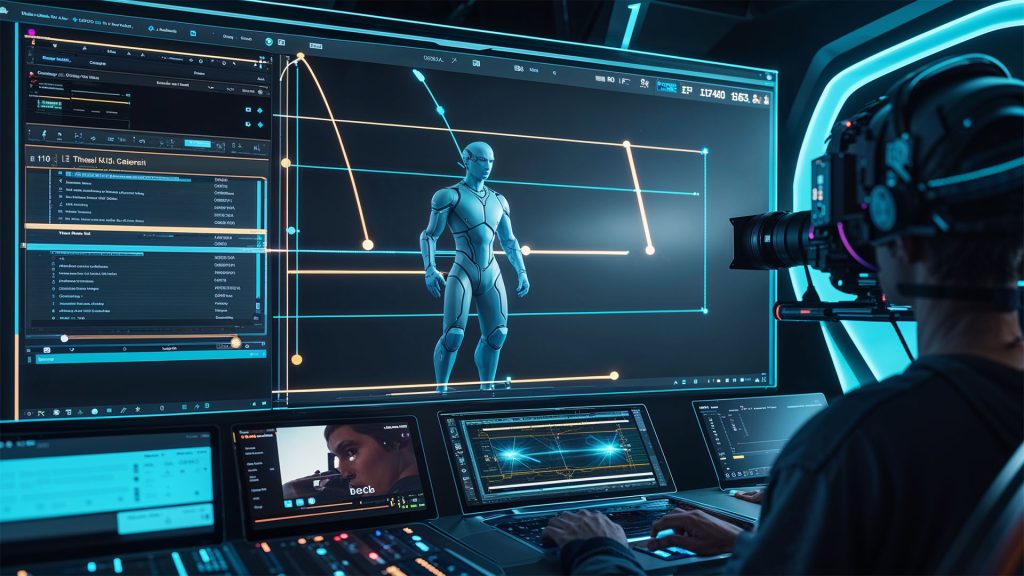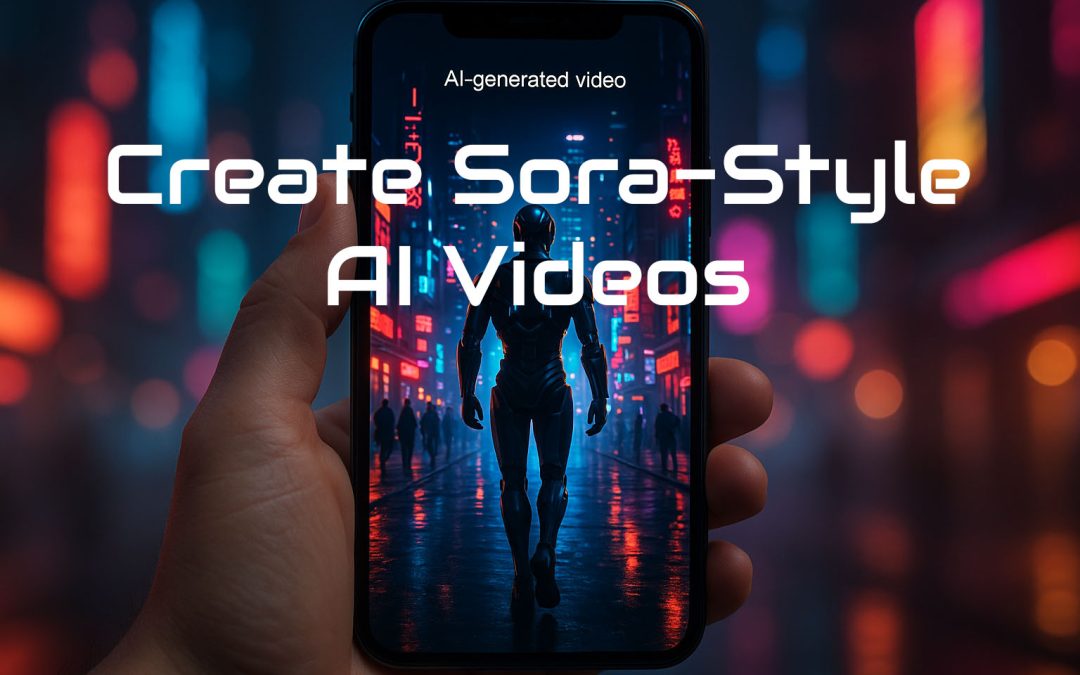
Mixed Reality in 2025: Discover Blending Real and Virtual Worlds
📌 This article is part of our Immersive Technologies Series. To fully understand how AR, VR, MR, and XR shape our digital reality, start with our overview on
AR vs VR and continue through
Extended Reality in 2025.
Introduction – Mixed Reality in 2025
Where the Physical and Digital Worlds Unite.
Mixed Reality (MR) is no longer science fiction—it’s a rapidly evolving field reshaping how we interact with both the physical and digital worlds.
Unlike Virtual Reality (VR), which immerses users in a completely digital environment, or Augmented Reality (AR), which overlays digital elements onto the real world, Mixed Reality goes a step further.
It allows physical and virtual objects to coexist and interact in real time.
As of 2025, MR is gaining momentum across industries, including education, healthcare, gaming, and engineering.
Powered by devices like the Microsoft HoloLens 2, Meta Quest 3, and Apple Vision Pro, MR delivers a seamless fusion of reality and imagination.
How Mixed Reality Works
Mixed Reality relies on advanced hardware and real-time spatial mapping. The key components include:
- MR Headsets: Devices such as HoloLens 2 and Apple Vision Pro feature transparent displays, inside-out tracking, eye tracking, and multiple sensors.
- Spatial Mapping: The environment is scanned in 3D using depth sensors and cameras, allowing virtual objects to align naturally with real-world surfaces.
- Gesture and Voice Recognition: Users interact with digital objects using hand gestures, voice commands, or motion controllers.
- 6DoF Tracking: “Six Degrees of Freedom” enables full head and body tracking in a 3D space.
- Cloud Computing and AI: These enable collaborative environments, live updates, and responsive holographic interfaces.
Applications of Mixed Reality
🎮 Gaming
Gamers are now stepping into hybrid worlds where real objects become part of the gameplay.
MR allows digital avatars to interact with your living room—blurring the line between real and virtual.
🏥 Healthcare
MR is revolutionizing medical training. Surgeons can now rehearse complex procedures on holographic organs.
MR also enhances telemedicine and remote diagnostics.
🏗️ Engineering & Architecture
Designers can walk through virtual buildings before they’re constructed.
MR enables accurate scale modeling, real-time collaboration, and immersive design validation.
📚 Education
Interactive MR environments boost engagement in STEM education.
Imagine learning anatomy by dissecting a holographic human body in the classroom.
🛠️ Remote Collaboration
Mixed Reality enables remote teams to interact with 3D holograms, share designs, or visualize data in a shared digital workspace.
Think of Zoom, but with holograms.
MR vs AR vs VR: A Comparison Table
| Feature | Virtual Reality (VR) | Augmented Reality (AR) | Mixed Reality (MR) |
|---|---|---|---|
| Immersion Level | Full | Partial | Adaptive |
| Interaction | Digital only | Overlays real world | Digital ↔ Real interaction |
| Awareness | No | High | High |
| Typical Devices | Meta Quest, Vive | Smartphones, AR Glasses | HoloLens 2, Vision Pro |
| Use Cases | Games, simulations | Navigation, retail | Training, design, teamwork |
Market Outlook for Mixed Reality
The MR industry is expected to surpass $50 billion USD by 2030, driven by:
- Enterprise adoption: Engineering, design, healthcare
- Consumer tech: Devices like Vision Pro and Meta Quest 3
- 5G and AI: Enable high-performance MR streaming
- Cloud ecosystems: Support persistent, shared MR environments
Key players: Microsoft, Meta, Apple, Niantic, Magic Leap.
Challenges in Mixed Reality
Despite its promise, MR faces several hurdles:
- High Cost: Premium devices still cost thousands of dollars.
- Limited Field of View: Most headsets don’t fully cover your vision.
- Privacy Concerns: Constant environmental scanning raises surveillance fears.
- Battery Life: Power-hungry headsets require frequent charging.
❓ Frequently Asked Questions
What is Mixed Reality?
Mixed Reality (MR) is a technology that blends the real and digital worlds, allowing physical and virtual objects to interact in real time.
How is MR different from AR and VR?
Unlike AR (which overlays digital elements) or VR (which immerses users), MR allows digital and real elements to co-exist and interact.
What devices support Mixed Reality?
Devices include Microsoft HoloLens 2, Apple Vision Pro, and Meta Quest 3 with mixed-reality capabilities.
Is Mixed Reality used in real industries?
Yes. MR is widely used in healthcare, manufacturing, education, and architecture for training, visualization, and collaboration.
Can MR work outdoors?
Partially. While most MR devices are optimized for indoor use, newer models are improving their outdoor tracking and brightness.
Is Mixed Reality safe for children?
Generally yes, but usage time and content should be monitored, especially with immersive educational games.
Do MR devices need the internet?
Not always. Some features like real-time collaboration or cloud rendering require internet access, but basic functions can work offline.
How much does a Mixed Reality headset cost?
Prices vary: Meta Quest 3 (~$500), HoloLens 2 (~$3,500), Apple Vision Pro (~$3,499 and up).
Will MR replace VR and AR?
Not entirely. MR complements AR and VR and may become the dominant interface, but each will have its own place.
What skills are needed to develop MR apps?
Knowledge of Unity, Unreal Engine, 3D modeling, spatial computing, and MR SDKs (e.g., Microsoft Mixed Reality Toolkit).
Conclusion & Summary
Mixed Reality is reshaping how we perceive and interact with technology in 2025.
Its unique blend of real-world context and virtual flexibility opens up transformative opportunities in healthcare, education, design, and entertainment.
As devices become more affordable and powerful, MR will likely become a standard interface in both personal and professional life.
While challenges remain—such as device cost, privacy, and hardware limitations—the pace of innovation is undeniable.
Mixed Reality is not a futuristic concept anymore; it is rapidly becoming an integral part of our digital evolution.
Related Posts
🔗 Related Posts
- Augmented Reality vs Virtual Reality: Revolutionizing Technology in 2024
- Top 10 Emerging Technologies in 2024: Explore the Future
👉 This article is also part of the Definitive Guide to Brilliant Emerging Technologies in the 21st Century ⬈.
Thanks for reading.
📚 Resources and References
- Microsoft HoloLens 2 – Official Site ⬈
- Apple Vision Pro – Official Overview ⬈
- Meta Quest 3 – Virtual and Mixed Reality ⬈
- Statista – Mixed reality – statistics & facts ⬈
- Microsoft Docs – Mixed Reality Developer Guide ⬈
- Apple visionOS – Developer Documentation ⬈
- IDC – Tech Market Intelligence Reports ⬈
- Wikipedia – Mixed reality ⬈
ℹ️ Note: Due to the ongoing development of applications and websites, the actual appearance of the websites shown may differ from the images displayed here.
The cover image was created using Leonardo AI ⬈.














